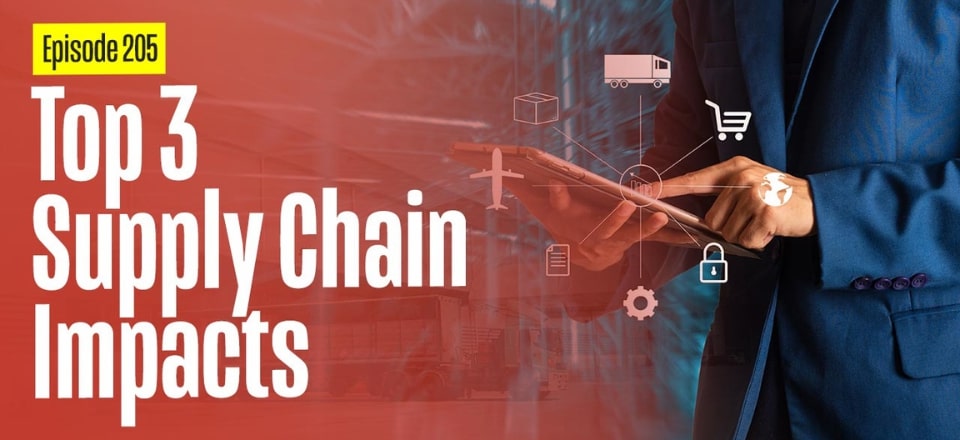Staying focused is key to avoiding problems. In your supply chain, it’s important to zero in on the right areas. But what should you focus on, and how can it help?
Watch the full video to learn more and improve your supply chain by concentrating on what truly matters.
Recently, I discussed five prevalent supply chain fixes for 2023. This time, I want to shift gears, focusing on the top three areas that can genuinely elevate your supply chain’s performance. With over 30 years of experience helping organizations improve their operations, I’ve found that these three areas consistently offer the most significant benefits. Whether you’re looking to enhance cost efficiency, service levels, or overall performance, these strategies are crucial.
The Importance of Cost to Serve Analysis
First on the list is cost to serve analysis, a topic I frequently emphasize on this channel. If you’re familiar with my content, you probably guessed this would be at the top. Cost to serve analysis is vital because it helps pinpoint and resolve profit and cash leaks within your supply chain, making it especially critical in today’s cost-conscious environment. If you haven’t conducted one yet, I highly recommend checking out our 14-minute video that walks you through the process. This analysis often uncovers surprising insights, like realizing that a significant portion of your orders might be losing money—a reality I’ve seen in companies large and small. Conducting a cost to serve analysis is one of the most effective steps you can take to improve your supply chain’s health.
Reviewing and Optimizing Your Distribution Network
Next, take a thorough look at your distribution network. Distribution networks tend to evolve over time, often becoming outdated as they fail to adapt to the changing needs of the business. It’s essential to examine how products move through your network, paying attention to how many times they’re handled. I’ve visited numerous sites across various industries—FMCG, retail, mining—and found that many organizations struggle with inefficient product flow. Additionally, reassessing stockholding locations can lead to significant cost reductions. For example, determining whether all facilities need to hold a full range of stock or just fast movers can make a massive difference.
Fine-Tuning Your Inventory Management
Lastly, let’s discuss inventory management, which is closely linked to your distribution network. The COVID-19 pandemic led many companies to increase their inventory levels, often resulting in imbalances where some items are overstocked while others are in short supply. Effective inventory management isn’t just about the total investment but also about balancing stock across different categories and service levels. This is a challenge I’ve observed across various industries, regardless of size. Ensuring your inventory is well-managed can significantly improve your supply chain’s efficiency.
Related articles on this topic have appeared throughout our website, check them out:
- Top 6 Supply Chain KPIs: Keep Your Dashboards Simple
- 3 Common Inventory Management ‘Sins’—And How to Avoid Them
- Cost to Serve at a Glance: 9 Steps to Success & 5 Mistakes to Avoid
- 10 Reasons to Review Your Distribution Network Design
Editor’s Note: The content of this post was originally published on Logistics Bureau’s website dated July 5, 2023, under the title “Top 3 Things Organization Should Focus On“.




